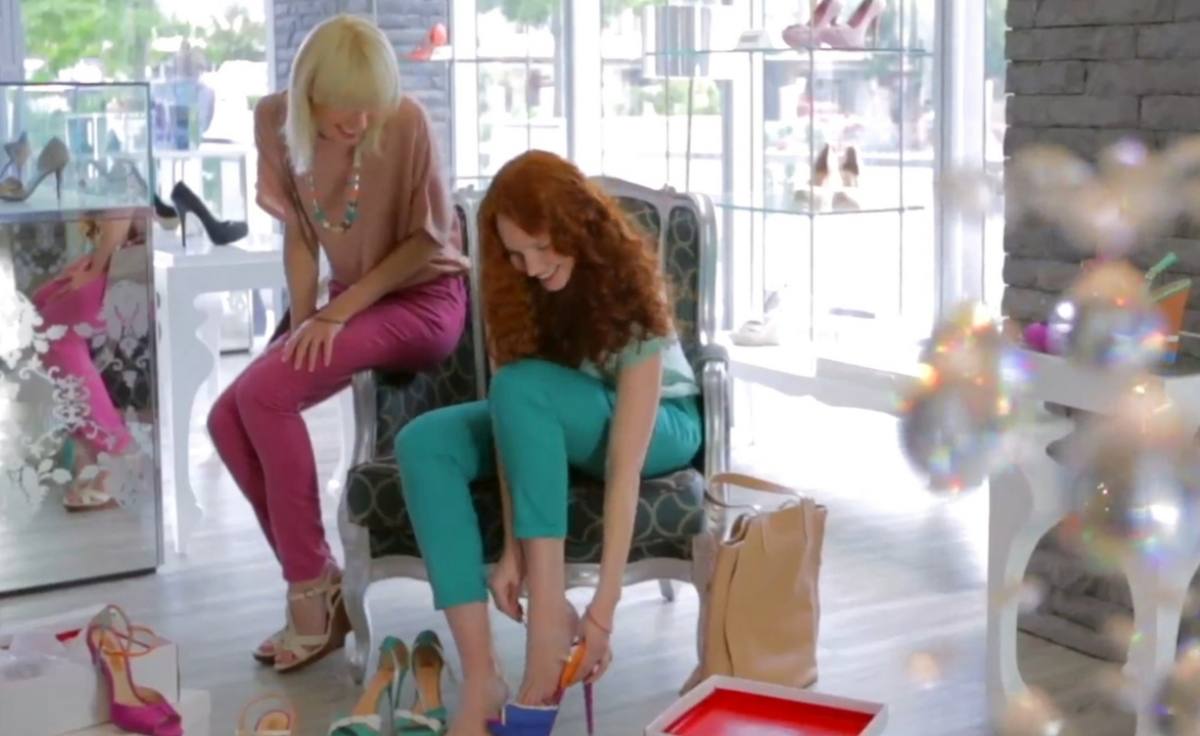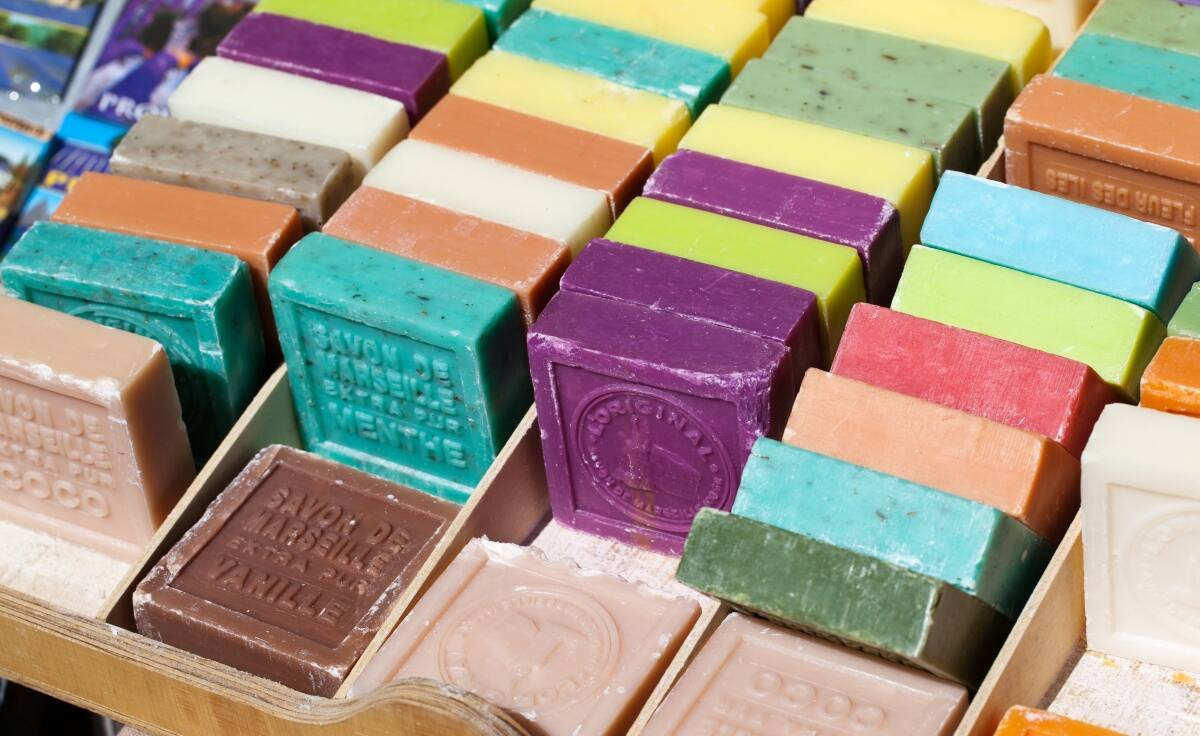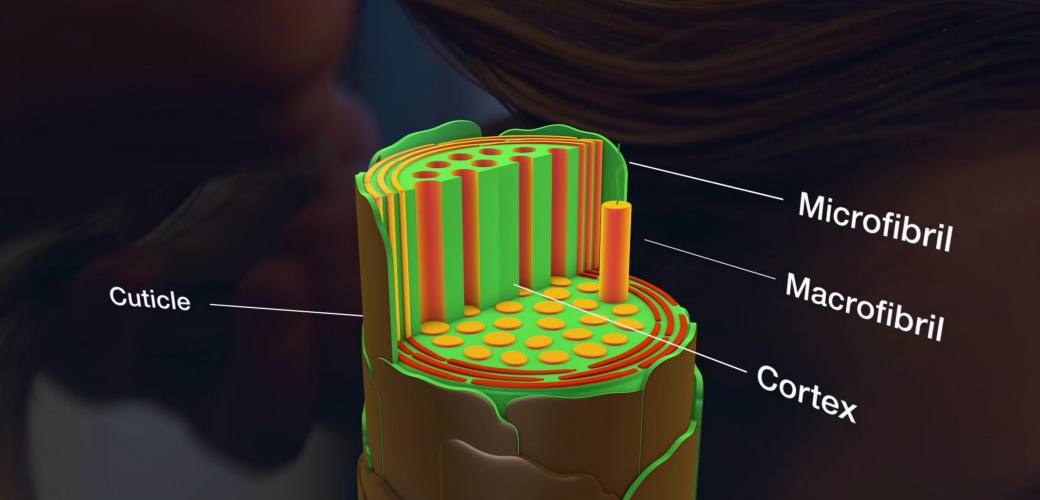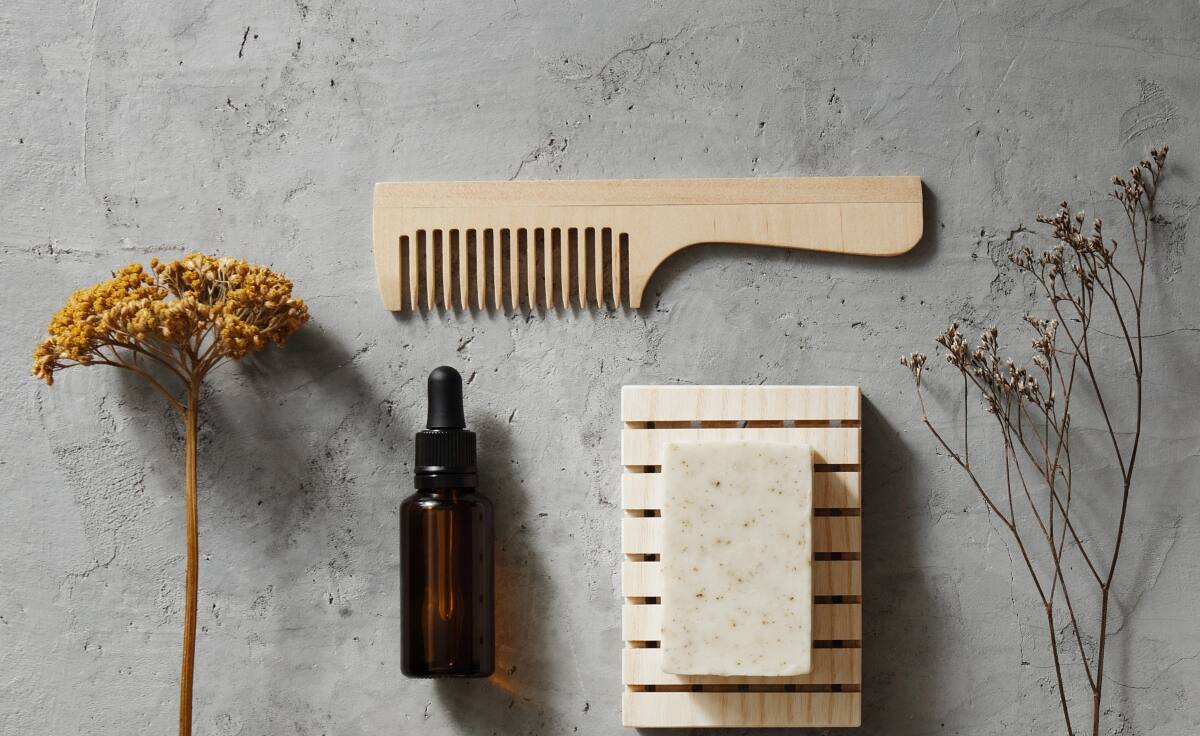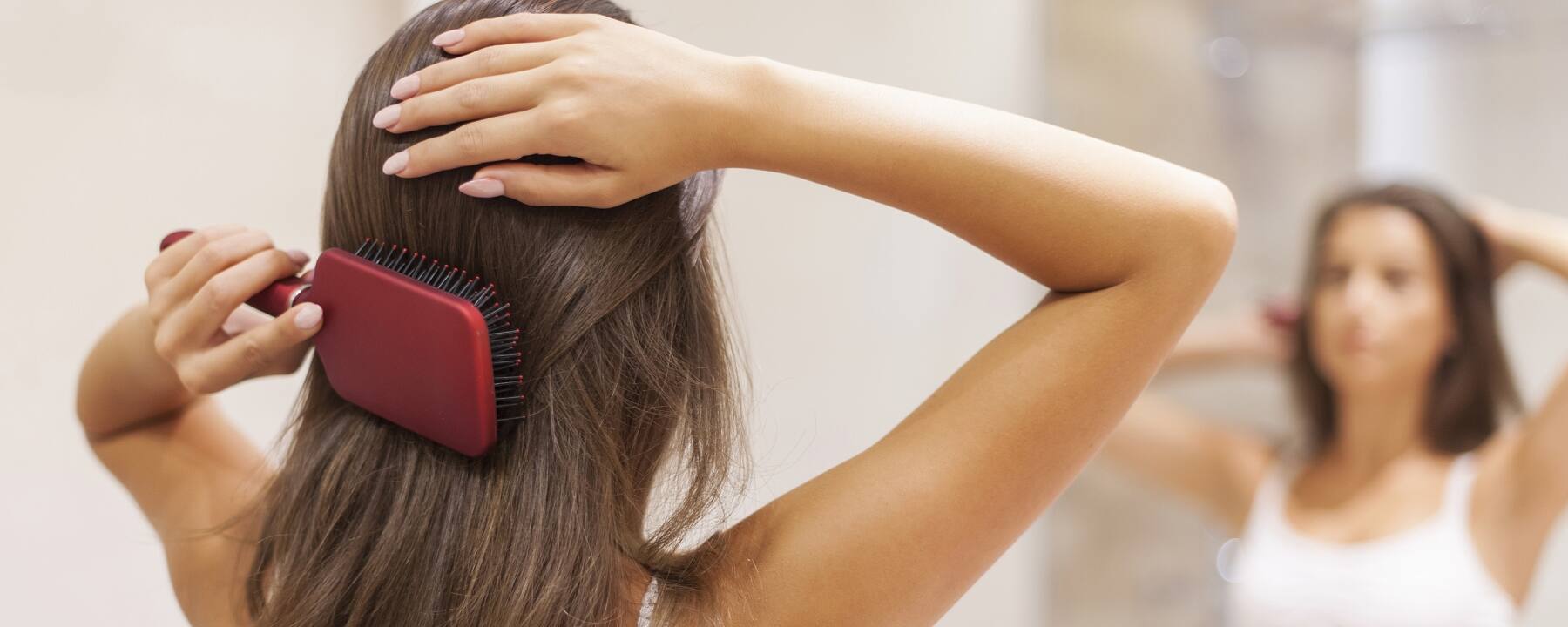
Hair and scalp
What does hair porosity mean?
Healthy hair, oily hair, hair that is too thin or coarse: descriptions everyone has likely heard before. But porous hair? What does that mean?
Hair plays an important role . It is important to us humans: for the soul, for our self-confidence and for our personal satisfaction. It also helps to protect our skin and our bodies. Our scalp hair, for example, ensures that the scalp is protected against sunburn. Hair also regulates our body temperature. All good reasons to want healthy, good-looking hair.
The thing is that having healthy hair is kind of an art in itself. When we talk about healthy hair, we usually mean hair that has just grown out of the scalp, i.e. young hair. Its surface still looks intact, as stress factors have not yet been able to cause any damage either on the outside or on the inside. In this condition, the hair is hydrophobic, or water-repellent. In today’s world and with modern lifestyles, this is a state that sadly doesn't last long. This brings us nicely to finding the right hair care for your hair type.
Here on our pages about skin and hair, we have repeatedly reported on appropriate skin and hair care and explained why it is so important. Here is a small selection:
For hair & soul
Microproteins win us over all round. All of this for a fantastic, healthy look. And all of this is long-lasting!
More informationHair Care is multifaceted
Shampoo, conditioner, wax, gel and more. There are plenty of different options when it comes to hair care.
More informationDemand for solid products
Liquid cosmetic products become solid products, known as bars. This trend is not new, though.
More informationThe hair shaft in 3 domains
If you suffer from dandruff, be sure to choose the right shampoo. If you tend to have oily hair, you should use a shampoo that addresses exactly these needs of the hair and scalp. This is a reason why it is worth knowing about your own hair porosity. But what is it, exactly?
Before we get to porosity, let’s take a quick look at the structure of the hair. Hairs are essentially long horn fibers that protrude from the skin. They consist of up to 95% of the keratin proteins. These proteins are also found in our nails. The same is found in the animal kingdom, for example in the beaks of birds or a rhinoceros horn. The visible part of the hair is the hair shaft. This "dead" material plays a defining role in our appearance. The hair shaft is made up of 3 domains:
- Cuticle
This is the outer shell of our visible hair. A kind of layered structure that is very important for appearance, stability and protection. - Cortex
This part of the fiber forms the bulk of the hair core and is responsible for some of the most important characteristics of hair. The fibre layer determines, for example, the color, thickness and strength of the hair, as well as the type and number of curls. - Medulla
The hair medulla is the innermost part of the hair and mainly found in thicker hairs.
Different types of hair porosity
To keep your hair looking healthy and voluminous, it is important to care for and protect the outer layer (the cuticle) and the fibre layer (the cortex).
If we are talking about hair porosity, it is about the condition of the cuticle and its water permeability. But it’s also about the cortex and its capacity to store water. Here we need to widen our scope. Because not only the structure of the hair is very complex, but so are the numerous descriptions of condition, the problems and, above all, the perceptions and feelings about our hair. We've taken a look at one such myth in our article: the myth of dry hair.
When it comes to hair porosity, most people likely believe this myth, because they are preoccupied with thoughts about dry and damaged hair. Rough, straw-like and brittle are a few terms that frequently come to mind. These are phrases to describe dry hair, but: "Describing the condition of “dry hair” is purely based on feeling; it has nothing to do with the water content of the hair," states Dr. Hans-Martin Haake, Head of Application Technology Personal Care at BASF. Treatment with products that contain lipids can help the hair, especially the surface, to regenerate to some extent and make it feel “pleasant” and “normal” again. A good conditioner can change the perception of how hair feels. The general condition of the scalp and the amount of sebum produced also play an important role for the condition of hair.
How do you prefer it: straight or curly?
Nature controls how your hair looks. From a scientific point of view, however, the reasons for this have not yet been fully identified. Discussions surrounding the matter are ongoing in the scientific community. Some believe the cross-section of the hair bulb is responsible. If it is round, the hair will grow straight out of the skin, as is the case with many Asian people. Deformations, e.g. permanent waves (a perm), are difficult to achieve. The more oval the cross-section, the more intensely the hair curls.
Back to our topic. The porosity of hair can be divided into different levels:
- Low porosity
- Medium porosity
- High porosity
Porosity can change along the hair, especially for those with longer hair. The further away from the root (and therefore the older the hair becomes), the higher the porosity. The degree of porosity also determines how quickly the hair can absorb care substances as well as how quickly the hair loses them.
Hair with low porosity is considered to be healthy hair. It feels sleek, supple and smooth. Its outer layer is intact, the cuticle scales are densely packed and effectively closed. The hair is more hydrophobic, meaning water-repellent, so it is very difficult for products to penetrate into the hair. Hair dyes are a good example here. Hair with low porosity is more difficult to dye because it absorbs the dyes more slowly.
If you have medium or highly porous hair, your cuticle will have “gaps”. The cuticle layer is no longer completely closed and becomes more susceptible to damaging influences. In this case, the outer layer (cuticle) and fiber layer (cortex) of the hair are damaged and the hair surface has changed. Its hydrophobic properties become hydrophilic, which means it has a strong affinity for water. The more porous the hair, the faster the hair can absorb products – but also the faster it will lose them again. Highly porous hair is easiest to dye. But it is also quick to lose the color. It also depends on the type of hair color.
If the hair is stressed, its condition will change
As described in other articles, our hair is exposed to various stress factors on an almost daily basis. On one side we have the well-known factors of environmental pollution, such as car exhaust fumes, industrial emissions and dust. On the other hair is exposed to chemical treaments like bleaching and hair dyes, and UV light and extreme temperatures which can damage healthy hair and/or exacerbate existing hair issues.
The porosity can also change. However, it is not only stress factors that are responsible for highly porous hair. Genetics can also play a role.
There are products out there to help you care for and support your hair from both inside and out. Some care substances (e.g. cationic surfactants and polymers, proteins, cosmetic oils) repair external hair damage, at least temporarily. They exert, their effect on the hair surface and the cuticle layer. Microproteins are also often used in shampoos and conditioners. Due to their small size, they are able to penetrate deeply into the hair and interact with the hair's structures in order to strengthen them. What's more, thanks to their antioxidant properties, these hydrolyzed proteins are able to intercept free radicals that would otherwise damage the hair.
There are numerous tips and tricks online on how to determine your own hair porosity. The water glass, hair band and flour tests are all good examples. To be on the safe side so you can find the type of care that is right for you: speak to your hairdresser. It will do your hair a lot of good.

